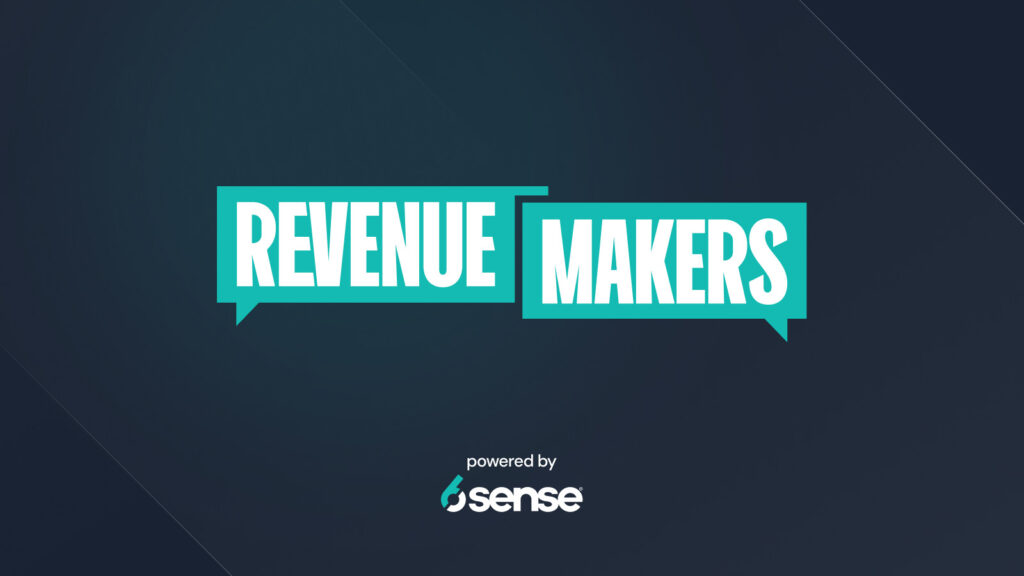What is Customer Lifetime Value?
Customer Lifetime Value (CLV) is the amount a company earns from a customer throughout their entire relationship with the business. Lifetime value takes a comprehensive view of the initial purchase a customer makes, and their potential for repeat purchases and additional contributions, like referrals or upsells, over their engagement with the company.
By understanding and maximizing CLV, businesses can make informed decisions about marketing, customer retention strategies, and resource allocation — ultimately leading to sustainable growth and profitability.
How to Calculate Customer Lifetime Value
Determining CLV involves several steps:
Step 1: Define Variables
You’ll need to determine:
- Average Purchase Value (APV): The average amount of money a customer spends in a single transaction with a business.
- Average Purchase Frequency (APF): The average number of times a customer makes a purchase within a specific period.
- Average Customer Lifespan (ACL): The average duration a customer remains engaged with your business, often measured in months or years.
Step 2: Gather Data
Collect historical data, customer transaction records, and information on customer lifespans. This could include looking at contracts, renewal rates, and purchase history.
Step 3: Calculate APV
Determine the average purchase value by adding up the total sales revenue from customers and dividing it by the number of transactions.
Step 4: Calculate APF
Determine the average purchase frequency by dividing the total number of transactions by the number of customers.
Step 5: Calculate ACL
Determine the average customer lifespan, typically the average length of contracts or the period customers stay engaged with services.
Step 6: Calculate CLV
The formula for CLV is:
CLV = APV x APF x ACLCustomer Lifetime Value Example
Let’s say a software company had:
- $500,000 in sales …
- from 100 transactions …
- and 20 different customers.
- Their contract length is typically three years, or 36 months.
Average Purchase Value (APV) = $500,000 / 100 = $5,000
Average Purchase Frequency (APF) = 100 / 20 = 5
Average Customer Lifespan (ACL) = 36
Customer Lifetime Value (CLV) = $5,000 x 5 x 36
CLV = $900,000Importance of Customer Lifetime Value
CLV offers several advantages for businesses:
- Strategic Resource Allocation: CLV helps businesses allocate their resources more effectively by identifying which customer segments are the most valuable.
- Improved Customer Retention: Understanding CLV can lead to better customer retention strategies. By identifying high CLV customers, businesses can invest in loyalty programs and personalized experiences to keep these valuable customers engaged.
- Profitability Assessment: CLV allows companies to assess the profitability of individual customers or customer segments. This insight helps in making decisions about pricing, discounts, and marketing strategies.
- Customer Acquisition Strategies: CLV provides insights into the long-term return on investment for customer acquisition efforts. Businesses can evaluate the cost of acquiring new customers compared to the expected lifetime revenue.
- Product and Service Development: Understanding the value of different customer segments can inform product or service development. Businesses can tailor their offerings to meet the needs and preferences of high CLV customers.
- Forecasting and Planning: CLV allows businesses to make more accurate revenue projections. This is especially valuable for businesses with subscription models or those relying on repeat purchases, as it helps with predicting future cash flow.
How to Increase Customer Lifetime Value in SaaS
Businesses can use the following best practices to enhance CLV:
- Personalization: Tailor marketing and customer experiences to individual preferences and behavior. Personalized recommendations, product suggestions, and communication can foster loyalty.
- Customer Segmentation: Identify and segment audiences based on behavior, demographics, and purchase history to create targeted marketing campaigns and offers.
- Customer Education: Offer resources and guides to help customers make the most of products and services. Informed and empowered customers are more likely to remain loyal.
- Customer Support and Engagement: Provide excellent customer support to address issues promptly and enhance the overall customer experience. Engage with customers through various channels to build strong relationships.
- Cross-selling and Upselling: Suggest complementary products or upgrades to customers based on their purchase history.
- Loyalty Programs: Implement loyalty programs that reward customers for repeat purchases. Points, discounts, and exclusive offers can incentivize customers to return.
- Feedback and Surveys: Gather feedback from customers through surveys and reviews. Use this information to make improvements and show customers that their input is valued.





